Alright – so today we’ve got the honor of introducing you to Brian & Christy Kearney. We think you’ll enjoy our conversation, we’ve shared it below.
Brian & Christy, looking forward to hearing all of your stories today. Let’s start with a story that highlights an important way in which your brand diverges from the industry standard.
We decided early not to compete in the industry on prestige (many studios are named after their founders who are accomplished professional dancers), quality (while our staff is top tier, we don’t depend on them being better teachers than ones at other studios), or price (the only reason we pay attention to what our competition charges is to make sure we are not the cheapest).
We compete in the industry on value. We are constantly brainstorming and innovating new ways to add more value to our tuition costs. Things like homework stations for siblings and in-between classes, dedicated admin staff separate from instructor staff, free drop-in technique classes throughout the week, annual themed productions (instead of the standard every-2-years), current student pre-registration days, included specialty workshops, large viewing areas for parents complete with broadband Internet, free adult fitness classes for parents of registered students, dedicated account management mobile app, regularly during-shift cleaning of facilities-including bathrooms, and much more. The most effective marketing is word-of-mouth and very few things gets a customer talking more than knowing they get the best deal with us. Some of the things we add for value cost us very little. Others things require us to make adjustments to our tuition rates. What we’ve proven over the past 22 years though, customers have no problem paying more (we are typically the most expensive studio by monthly rate alone) when they get so much more for their money.
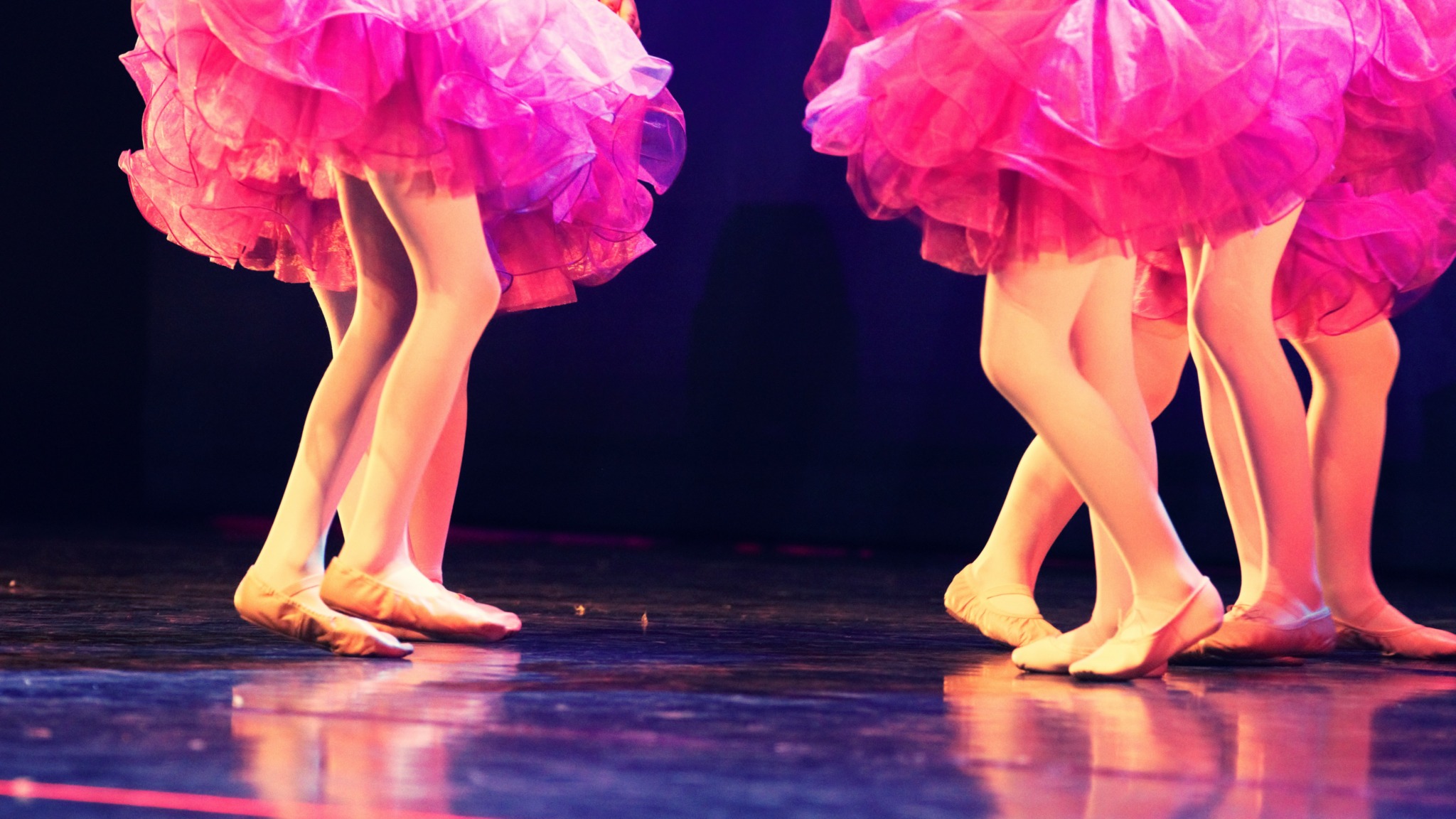

Brian & Christy, before we move on to more of these sorts of questions, can you take some time to bring our readers up to speed on you and what you do?
My wife, Christy, and I own and operate a performing arts school called Dimensions School of Dance. Our school’s primary focus in dance instruction for ages 2-18, but we also have classes for adults, group fitness classes, and early development classes for as young as 18 months old. We are going into our 23rd year in operation and plan to open our 3rd location within the next year or so. Heading into the Fall session we have approximately 1300 enrollments.
I was raised in an entrepreneurial household. My Dad was constantly working on one new business venture or another and often had side hustles running as well. My Mom was private contractor and “rented” her skill out to whatever government entity or corporation needed her database programming skills. I knew early on I would pursue running my own businesses. We often joked, whoever got a 9-5 job first was going to be the “black sheep” of the family.
My wife was raised in a much more traditional mindset. Get good grades, get a college degree, climb the corporate ladder. Like they say, opposites attract, but one of things we had in common, we were both creatives. We’d been in and around the Arts our entire lives. I loved to draw and paint and Christy had been dancing since the age of 2. She ended up getting an art education degree while I went with a degree in commercial art and advertising. When it came time to get serious about opening a business, naturally we chose her skills and industry knowledge coupled with my business chops.
We knew were were in for an uphill battle. Performing Arts in general, and dance specifically, is an industry steeped in tradition. While it certainly adds depth, richness and prestige to the industry, it can also be a limiting factor when it comes to building a business. Christy attended one of the most historically rich and well respected dance schools in New Mexico all throughout her childhood and teen years. Both of us began our college journey as Fine Art majors. It was then, that we both began to realize, the general sentiment around all the Arts seemed to be, you can be successful in business, or you can be good in the Arts, but not both. In fact, it is a common expectation that your passion for the Arts is what should sustain you your entire artist’s life, not business success. This has led to far too many dance studios that crumble when the prestige of their founders fades away, or they remain a “hobby business”, a labor of love, for their entire existence.
We decided from day one, that we would approach our studio as a viable business, not a passion project. This meant we needed to define a clear market need, then fill that need. The typical dance school is, to some degree, focused on taking in students, finding the ones who have the potential and desire to be great dancers, and developing those talents. Whether they guide them to a traditional performing arts path or a competitive one is really the only differentiating factor in the classic studio model. This isn’t necessarily a negative thing (there’s clearly a consumer need for it), but that model has complete saturation in most markets. The need that we discovered wasn’t being served well in the market was a place focused on recreational dancers. Kids who want to dance for fun, and social connection. So we set out to build a dance school targeting that specific market.
We don’t take on students with the goal of finding some of the best dancers, we take on students with the goal of making dance some of the best moments of their lives.
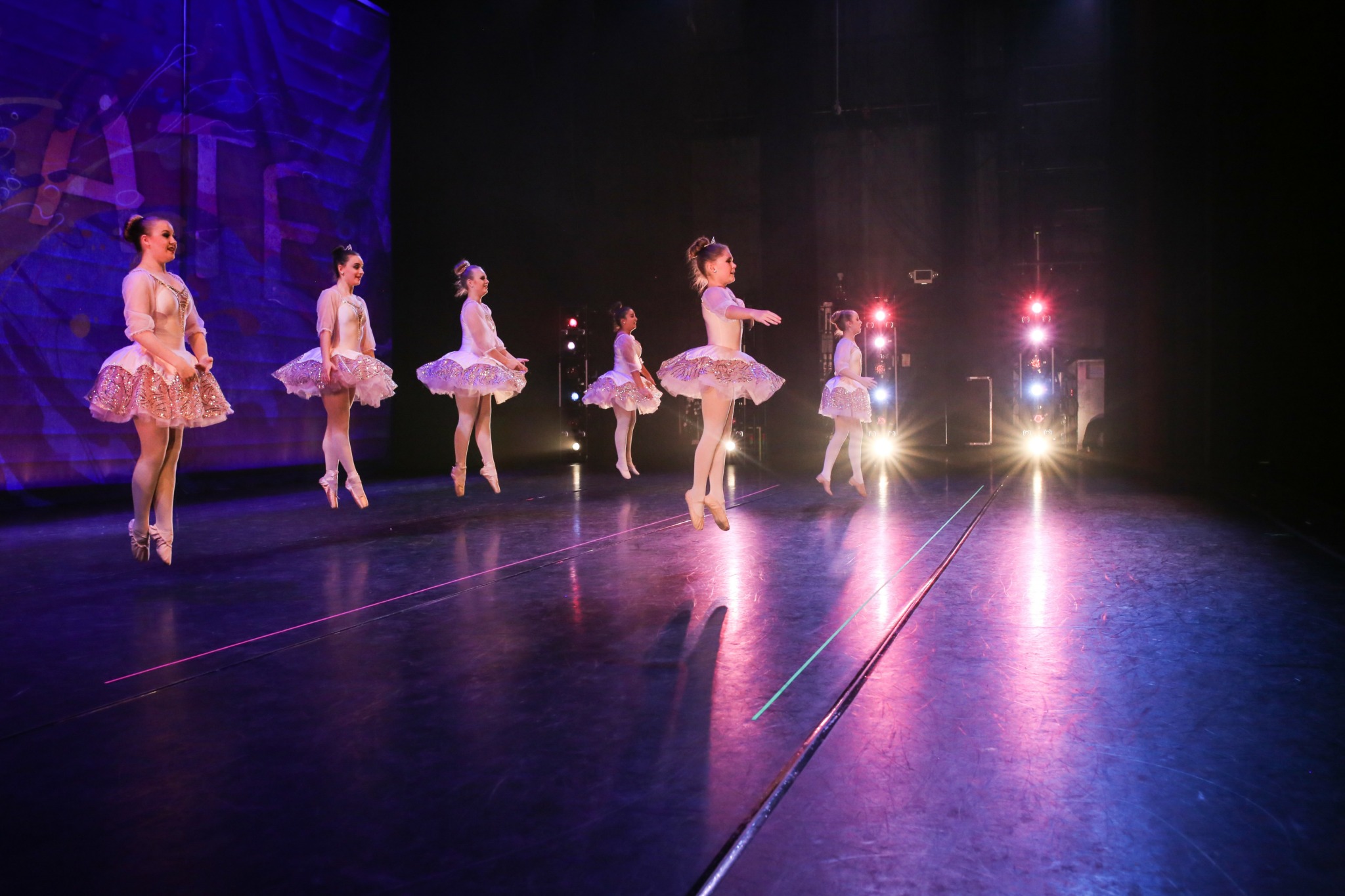
Let’s talk about resilience next – do you have a story you can share with us?
We opened our doors in June of 2003 with 30 enrollments. The revenue covered about half our rent, none of our expenses, and zero pay. We had some startup capital from friends and family, but knew it would be a short-lived adventure if we didn’t grow quickly. We began reading every book we could find on business and marketing, and we spoke with anyone that would give us their genuine advice. There was always enough glimmer of hope in our slow growth that kept us for walking away; and we still believed in the need we met for our city. For the next 5 years, we clawed and scraped together every penny we could to keep our doors open, and I worked side jobs to supplement our personal income. While knowledge, mentors, and the willingness to work more than anyone are certainly components of success, to take advantage of that, we needed was our “all in” moment.
In 2008, the real estate market crashed and the economy imploded. Our real estate side hustles that were helping keep us afloat, blew up in our face. What’s more, I was doing some manual labor work, fell off a ladder and ended up needing 3 reconstructive surgeries on my arm. To top it off, we had a newborn at home. Oh, and we were months behind on our mortgage. This was our moment.
As we watched, with astonishment, as pre-registrations were coming in (despite the abysmal economy) for our Fall 2008 season, we made the decision: put everything we have left on the line to make this work. We couldn’t leave those kids hanging, and we knew if we walked away now, we’d always wonder if there was anything else we could have done to achieve success. We went all in. Foreclosed on our house, filed personal bankruptcy, signed up for food stamps, and got back to work. This time though, we had the confidence that we were doing everything in our power to make it happen. Nothing held back.

How about pivoting – can you share the story of a time you’ve had to pivot?
The ability to adapt to market conditions can not be emphasized enough. Too many businesses are trapped in the rigidity of the familiar.
In 2020, we had one of our biggest test of flexibility in our business history. By this time, 17 years in operation, my wife and I had adopted (and tested) the somewhat crude motto of adapt or die. Work the problem, or move on. No amount of blame or shaking our fists at the sky will change the circumstances. Events like the 2008 crash, a 2-year complete overhaul of the three roads providing access to our studio, the tragic death of one of our core instructors, the shocking and sudden resignation of another core instructor, multiple burglaries, and many smaller events had conditioned us to overcome the biggest hurdle yet: government mandated lockdowns.
Nobody was allowed to be out of their homes, and even if they were, no student was allowed to be in our studio. So, within 72 hours of the mandate, we had high resolution cameras and laptops for our instructors, a massive Zoom streaming package, and were training our staff on how to teach remotely. Then we had to build the value in what was, in fact, an inferior product to in-person classes.
We drafted up new marketing selling points that emphasized the benefits staying connected to something familiar, continued social interaction, maintaining routine, and the importance of physical movement. We discounted our tuition prices to acknowledge we were indeed offering less-than-ideal. Then we promised an end-of-year recital one way or another. The recital ended up being over 1500 individual customer-submitted videos edited together as tiles “in formation” on the screen, synchronized to the routine music.
It was laborious and stressful work. It was expensive. It was a technical nightmare at times. However, the reward for pivoting our business model (to something we would have openly ridiculed had it not been forced on us) is easy to calculate. We would have had a 100% loss of enrollments for that season had we accepted the market conditions as-is. Instead we ask, “how can we pivot to be a positive connection for our students in an otherwise dark?” Answering that resulted in only dropping about 20% in enrollments. Something we have regained multiple times over since.
Contact Info:
- Website: https://dimensions.dance
- Instagram: https://www.instagram.com/dimensionsdancenewmexico/
- Facebook: https://www.facebook.com/DimensionsSchoolOfDanceAndMusic
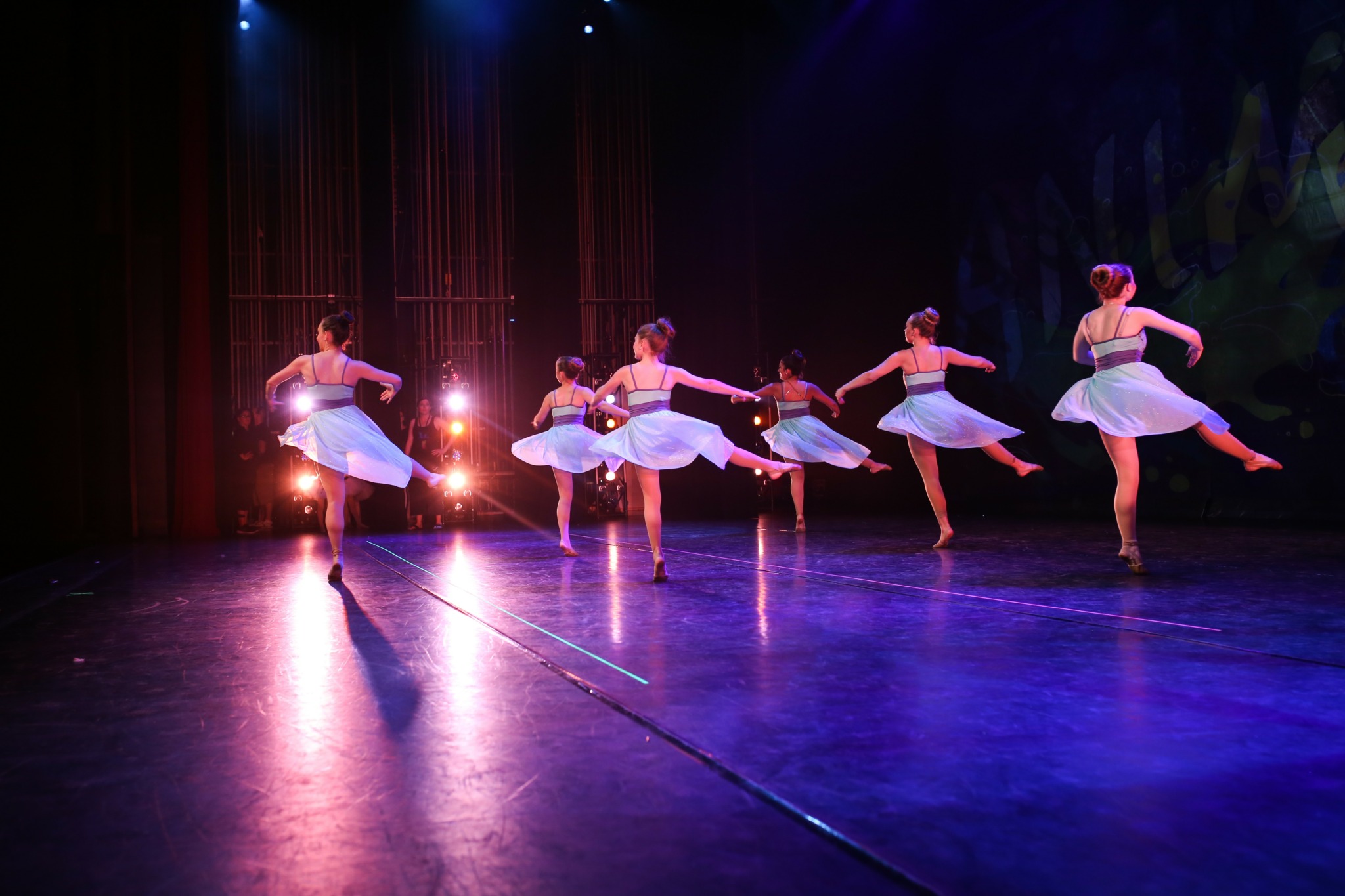
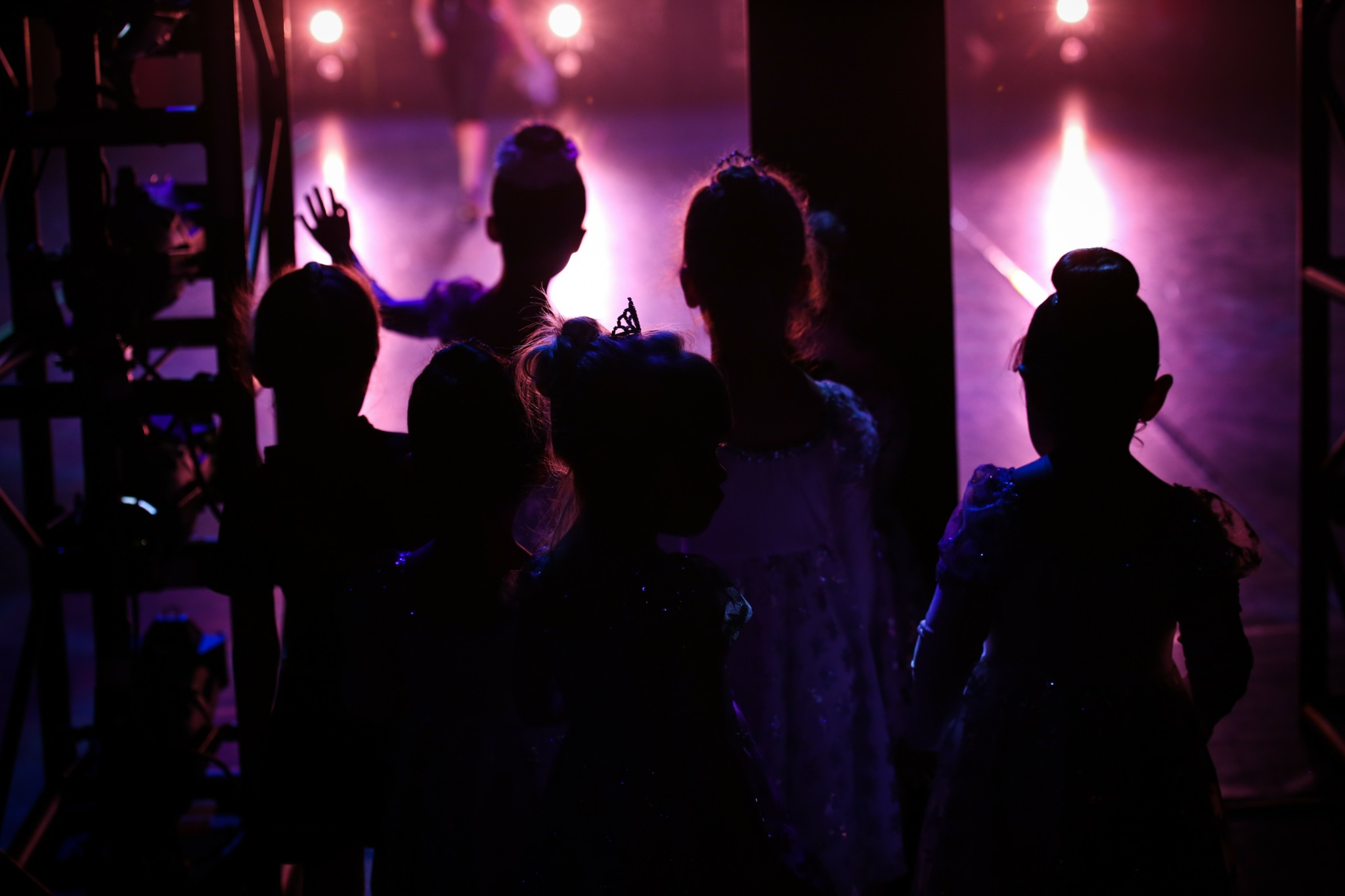
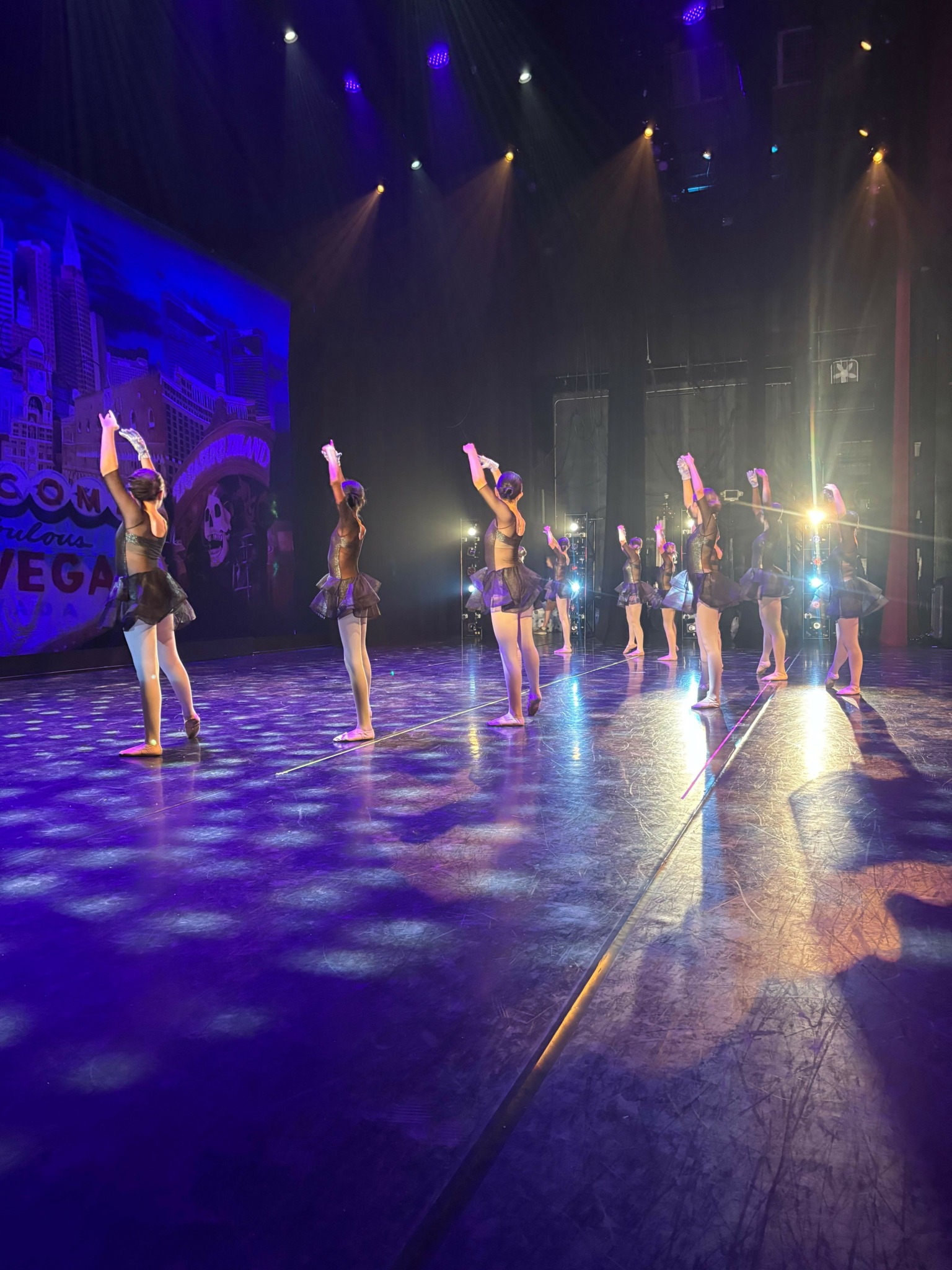



Image Credits
Brian Kearney
Jamie Jauriqui


